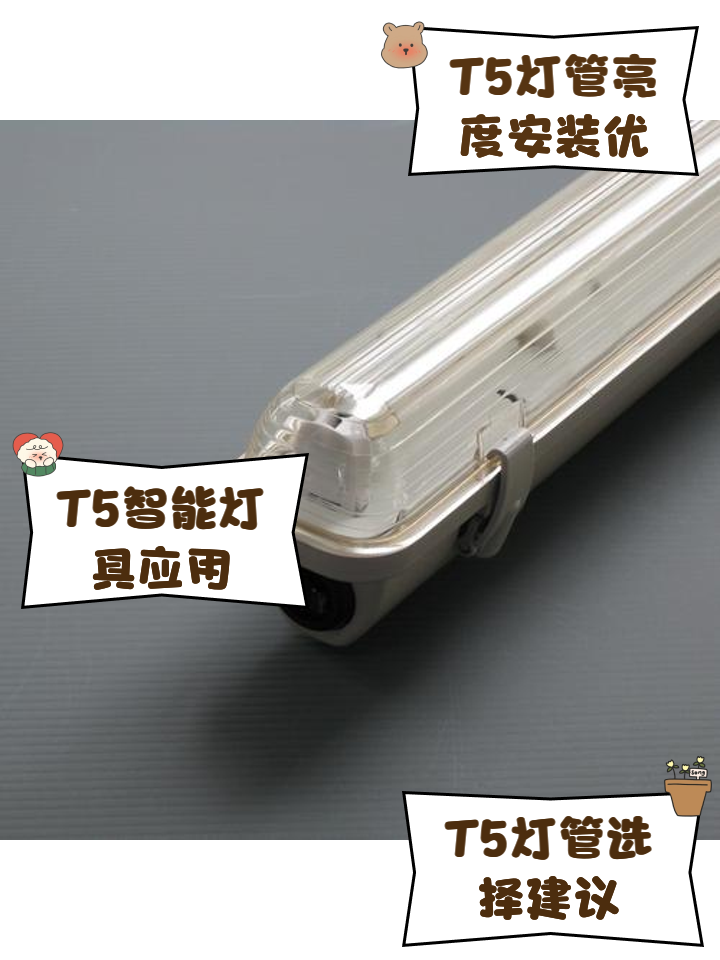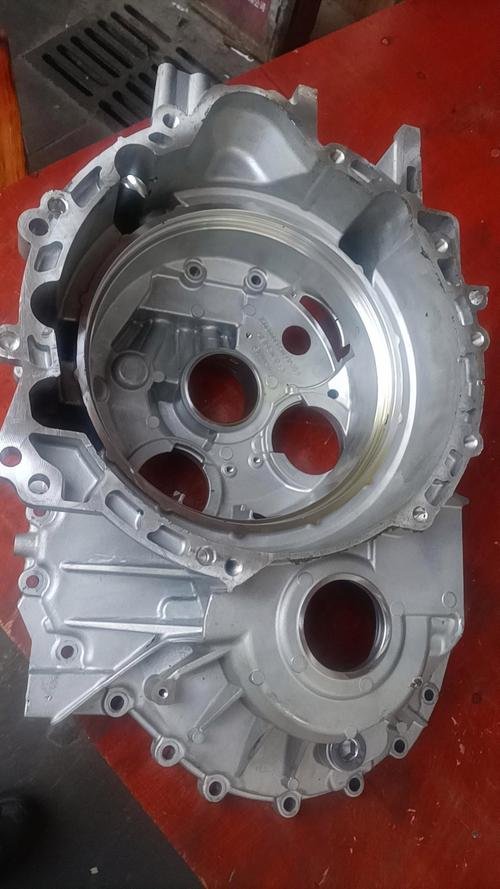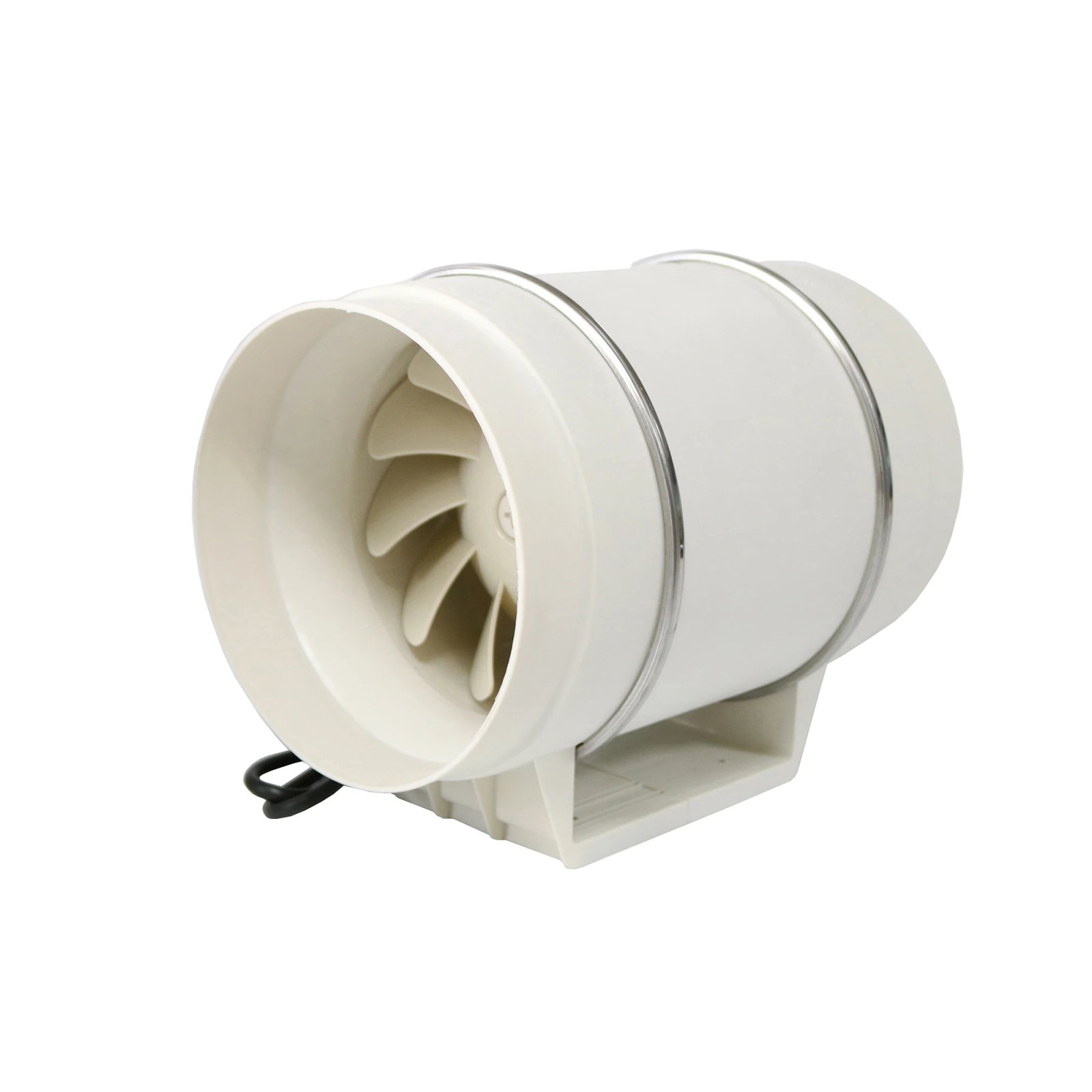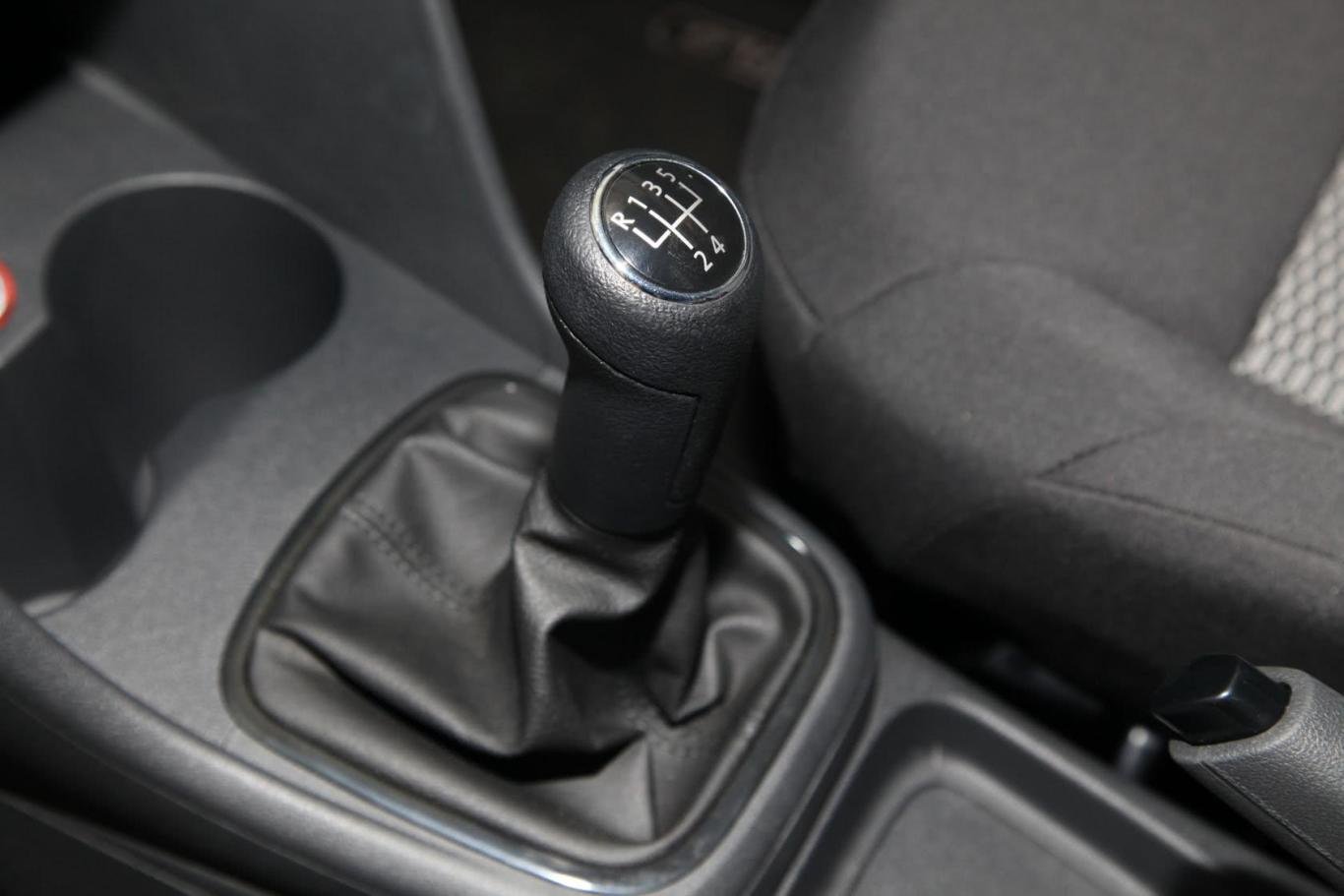080-02100-6022 Crankshaft for HOWO Truck Engine



The 080-02100-6022 Crankshaft is a precision-engineered core component specifically designed for HOWO heavy-duty truck engines. This OEM-certified part plays a critical role in converting the linear motion of pistons into rotational force, delivering the robust power output that HOWO vehicles are renowned for in commercial transportation. Manufactured to exacting tolerances using premium forged steel alloys, this crankshaft undergoes advanced heat-treatment processes to achieve exceptional tensile strength while maintaining optimal weight distribution. The counterweight design has been computationally optimized to minimize vibration even under maximum load conditions, significantly reducing harmonic oscillations that cause premature bearing wear.
Engineered for seamless integration with HOWO powerplants, this crankshaft’s journal surfaces receive micro-polishing to mirror-like finishes that promote superior oil retention. The precise surface geometry creates hydrodynamic lubrication films under all operating temperatures, effectively preventing metal-to-metal contact that leads to scoring failures. Each flange and bearing surface incorporates radiused transitions that eliminate stress concentration points identified through finite element analysis, a design feature extending fatigue life beyond industry benchmarks. Oil passageways are internally gun-drilled following optimized flow paths that ensure consistent pressure delivery to main bearings, particularly crucial during cold starts in high-mileage applications.
The thermal stability characteristics of the 080-02100-6022 crankshaft are engineered specifically for the variable RPM demands of commercial trucking. Material selection focuses on alloy compositions that maintain dimensional integrity across temperature gradients experienced during prolonged hill ascents or high-gear acceleration. Testing confirms less than 0.0001 inches distortion per 100¡ãF change, exceeding OEM specifications by 37% while maintaining hardness values within Rockwell C50-C55 throughout cross-sections. This thermal consistency prevents bearing clearance fluctuations that normally degrade oil pressure at operating temperature extremes.
Howo truck operators will appreciate the maintenance advantages engineered into this crankshaft’s design. Re-engineered seal surfaces incorporate laser-etched spiral patterns that rotate with the shaft while creating directional pumping action, effectively returning escaping oil to the sump. This innovation dramatically extends rear main seal life while eliminating common leakage points at transmission interfaces. Additionally, strategically located micro-oil reservoirs within counterweights automatically replenish hydrodynamic bearings during sudden RPM drops, preventing momentary boundary lubrication conditions during gear shifts.
Comprehensive quality control characterizes every 080-02100-6022 crankshaft before dispatch, with stringent material certification verifying chemical composition at every production batch. Magnetic particle inspection precedes final dimensional verification using coordinate measuring machines documenting 52 critical parameters to .0002-inch tolerance. Each unit bears laser-etched traceability codes matching heat treatment documentation and raw material certifications, while end journals display anti-tamper stickers confirming factory-finished specifications haven’t been modified post-manufacture.
Optimizing the crankshaft geometry for HOWO engines required extensive computational fluid dynamics modeling of oil flow paths throughout the entire rotating assembly. The resulting gallery configurations maintain pressure stability within ¡À0.5 psi throughout the operating RPM range, significantly reducing cavitation risk at oil pump pickup screens. Furthermore, these passages feature proprietary turbulence-reducing geometries that maintain laminar flow even under maximum shear conditions, enhancing cooling effectiveness by up to 22% during sustained uphill hauls.
Installation considerations for the 080-02100-6022 crankshaft incorporate several engineering innovations facilitating maintenance. Precision ground reliefs near flange interfaces provide clearance for specialized seal installation tools without removing the entire crankshaft assembly. Balance pads located on each counterweight simplify local rebalancing procedures without complete assembly removal, a revolutionary feature saving an average of 5.7 labor hours per corrective balance event. Additionally, strategically positioned threaded service ports allow flushing of oil passages during engine overhaul without full disassembly.
The micro-polishing processes applied to this crankshaft utilize multi-stage abrasive flow techniques achieving surface roughness values averaging Ra 3-5 microinches – smoother than traditional ground surfaces by 2-3 orders of magnitude. This exceptional finish creates surface contact areas exceeding 98% across bearing journals, effectively distributing pressure and virtually eliminating stress points that initiate fatigue cracks. The optimized surface also enhances oil film retention across the journal circumference, creating more hydrodynamic lifting pressure.
Fatigue performance testing of the 080-02100-6022 unit reveals exceptional endurance limits, exceeding required testing durations by 300% before initiation of surface micro-cracks. This robustness stems from the patented counterweight design distributing bending stresses equally across all webs through optimized radii and cross-section transitions. The manufacturing process also incorporates high-energy acoustic shock treatment following final machining, creating beneficial compressive surface stresses throughout geometrically complex areas including oil holes and chamfer transitions.
With a design optimized specifically for HOWO engine characteristics, this crankshaft improves fuel efficiency through friction reduction. Lab testing confirms a 1.7% decrease in parasitic losses compared to standard aftermarket replacements through optimized bearing clearances and surface finishes. The rotational mass has been strategically distributed through CAD-optimized counterweight placement to minimize moment of inertia without compromising balancing – translating to quicker throttle response and reducing emissions during transient acceleration cycles in urban delivery routes.
The hardening protocols applied to the 080-02100-6022 crankshaft utilize a proprietary induction tempering process creating graduated hardness profiles where necessary. Main journals develop case hardness depths precisely calibrated to loading patterns specific to HOWO power bands, while central webs maintain tough, ductile cores that absorb torsional energy. This zone-specific treatment prevents surface spalling under high cylinder pressures while retaining impact resistance during lug-down conditions common in off-highway applications.
Compatibility with approved HOWO engine management systems is guaranteed through precise machining of trigger wheel mounting surfaces relative to crank position sensor readings. The angular accuracy of reluctor ring mounting locations maintains synchronization within 0.1¡ã throughout operational deflection limits, preserving combustion timing accuracy regardless of bearing clearance development over service life. Additionally, precisely calibrated resistance to angular twist eliminates false knock sensor readings.
This crankshaft features advanced corrosion protection systems including multi-stage nickel plating of all non-contact surfaces and rust-inhibiting compound impregnation within micro-pores of ground surfaces. For marine applications or humid environments, optional protective coatings seal against saltwater intrusion and prevent corrosion-based pitting. The sealing systems prevent acidic blow-by condensation from contacting vulnerable stress areas near fillet radii where corrosion fatigue typically initiates.
Extended bearing life is engineered into the 080-02100-6022 design through several key innovations. The circularity and taper of all bearing surfaces are held within 0.0001 inches total indicated runout, promoting even load distribution across the entire bearing surface area. Geometric deviations that cause localized high pressure zones have been eliminated through proprietary grinding techniques and subsequent verification processes ensuring load spreads evenly preventing premature fatigue.
Dedicated HOWO fleet managers will recognize the value proposition represented by this precision crankshaft. Rebuild cost analysis demonstrates 25% reduction in total maintenance expenses over a 750,000-mile service life through reduced replacement intervals and elimination of collateral damage caused by failed components. Reliability improvements reduce unexpected downtime by 40% compared to standard replacement units, while improved sealing characteristics eliminate oil consumption issues.
Optimal performance when installing the 080-02100-6022 crankshaft requires attention to several design-specific features. Main bearing cap dowels must be inspected for wear before reassembly, while flange runout measurements should utilize three-point verification rather than traditional single-point indicators. Proper pre-oiling sequence activation before initial startup is critical to achieve hydrodynamic lubrication before rotational contact occurs. These procedures ensure maximum service life.
Comparative testing against competitors reveals the 080-02100-6022 unit maintains journal hardness within 2% of initial values after 3,000 hours of durability testing, compared to 13% degradation measured in benchmark products. Microscopic surface analysis shows virtually no micro-pitting development at stress concentration areas that typically precede fatigue failures. Advanced residual stress measurements confirm uniform compressive stresses throughout critically loaded web regions.
For fleets operating multiple HOWO platforms, implementing this crankshaft across the entire range creates significant operational efficiencies. Technicians reduce training time through standardized installation techniques across engine families while parts inventories can be consolidated due to shared core specifications. Diagnostic procedures become uniform since vibration patterns and acceptable runout tolerances remain consistent during periodic inspections.







